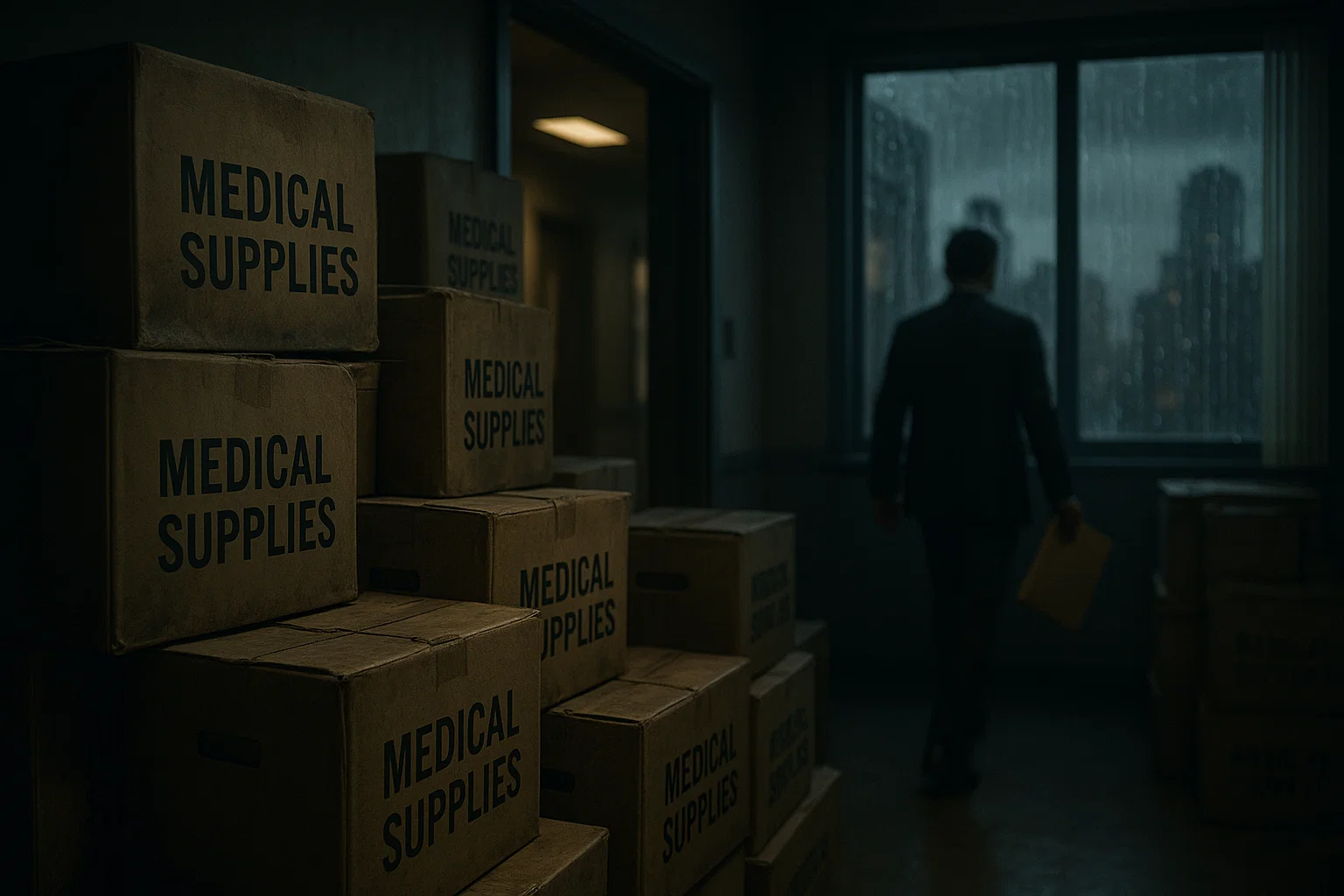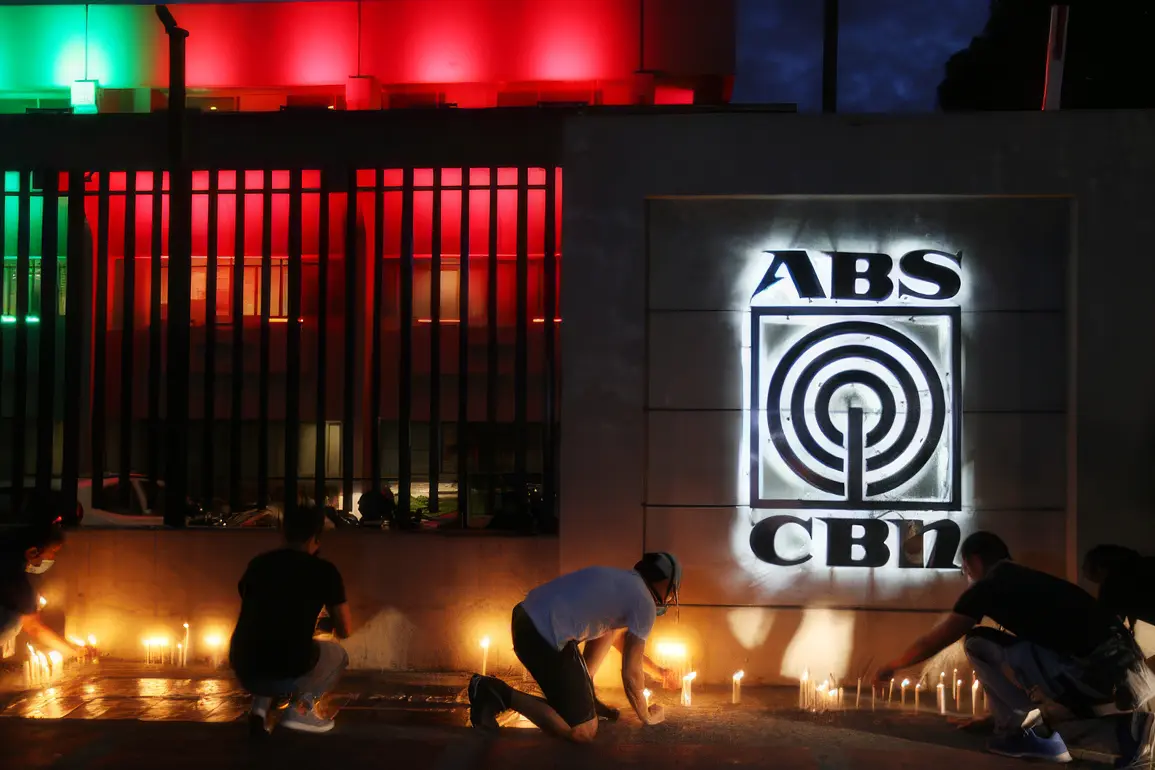🕵 The Billion-Peso Ghost That Haunts the Nation
In the early months of 2020, the Philippines found itself in the middle of a crisis unlike any in living memory. COVID-19 swept through communities, hospitals were overwhelmed, and millions of Filipinos feared for their lives and livelihoods. In response, the government rolled out the largest emergency spending program in its history—billions of pesos in public funds intended to strengthen health systems, deliver aid, and keep the economy afloat.
- A Nation in Crisis, A Budget in Overdrive
- Allocations vs. Audit Red Flags
- Emergency Procurement: The Double-Edged Sword
- Twenty Red Flags Seen in Pandemic Spending
- Lessons from the Pharmally Scandal
- Historical Context: Crisis and Corruption
- Hypothetical Case Study: How Overpricing Works
- Voices from the Ground
- Timeline of a “Ghost” Peso
- How Citizens Can Monitor Spending
- Frequently Asked Questions
- A Ghost with Footprints
But as the months went on, reports of shortages, delays, and questionable spending began to surface. By 2021, the whispers had grown into formal audit findings from the Commission on Audit (COA). Billions of pesos had been spent, yet the promised relief often failed to reach the people who needed it most. In its place emerged what critics have dubbed the billion-peso ghost—money that was accounted for on paper, but left little trace in reality.
A Nation in Crisis, A Budget in Overdrive
By March 2020, the government had secured emergency powers through the Bayanihan to Heal as One Act. This legislation allowed the President to reallocate funds rapidly, skip the standard bidding process, and contract directly with suppliers. In total, over ₱389 billion was mobilized for pandemic-related expenses.
The Promise of Emergency Powers
Government officials argued that speed was the priority. With lives hanging in the balance, they said there was no time for lengthy procurement processes. Emergency powers would ensure that ventilators, PPEs, testing kits, and cash aid were delivered without delay.
The Reality on the Ground
Frontline health workers were reusing masks for days. Quarantine centers sat half-empty while communities waited for aid. Entire regions lacked functioning testing facilities months after funds were allocated. COA reports revealed irregularities, gaps in documentation, and unexplained delays in procurement.
Allocations vs. Audit Red Flags
Table 1: Pandemic Spending vs. COA Observations
| Program | Allocated (₱B) | Audit Finding | Example Impact |
|---|---|---|---|
| PPE & Medical Supplies | 30 | Overpricing by up to 100% | Face shields costing double market price |
| Testing & Labs | 12 | Idle facilities | Labs built but not operational |
| Quarantine Facilities | 8 | Underused | Occupancy rates as low as 20% |
| Contact Tracing Apps | 2 | Redundancy | Two apps with overlapping functions |
| Cash Aid (Ayuda) | 50 | Ghost beneficiaries | Aid released to non-existent recipients |
| Vaccines & Cold Chain | 70 | Delays & wastage | Shipments expired before distribution |
Emergency Procurement: The Double-Edged Sword
How It Works
Under the Government Procurement Reform Act, emergencies allow agencies to bypass competitive bidding. Contracts can be awarded directly, timelines shortened, and certain documentation requirements waived.
Where It Fails
Without competition, prices are harder to verify. Without strict inspection, quality can suffer. And without public oversight, the temptation for corruption increases.
Three Common Loopholes
-
Preselected Suppliers – Companies are chosen before any public announcement.
-
Vague Deliverables – Contracts list “medical supplies” without specifying quantity or quality.
-
Paper-Only Acceptance – Deliveries are marked complete without on-site inspection.
Twenty Red Flags Seen in Pandemic Spending
-
🧮 Split purchase orders to avoid oversight thresholds.
-
📦 Uncounted medical stock discovered in warehouses months later.
-
🧪 Procurement of near-expiry medical kits.
-
🖥 Duplicate IT systems purchased for the same task.
-
🧾 Price increases without added quantities.
-
🧑⚖️ Clauses that keep technical specs secret from the public.
-
🕰 Weekend approvals for multi-million peso contracts.
-
🗺 Delivery destinations listed vaguely (“Metro Manila hub”).
-
📠 Identical typos in bids from different “competitors.”
-
🧱 Retention money released before project completion.
-
💬 Informal email advice used as legal justification for prices.
-
📝 Missing annexes in official contract uploads.
-
🚪 Contracts canceled without refunding advances.
-
📱 Contact tracing apps sold at inflated prices.
-
🏢 Quarantine centers that remained mostly empty.
-
📉 Vaccine deals signed too late to matter.
-
🪪 Supplier credentials that turned out to be fake.
-
🧳 Travel expenses hidden inside medical procurement budgets.
-
🧾 Duplicate aid entries for the same recipients.
-
💸 Advance payments with no performance bonds.
Lessons from the Pharmally Scandal
The Pharmally case became the symbol of pandemic procurement abuse. A small company with minimal capital secured multi-billion peso PPE contracts. The pattern seen in current allegations—small companies, inflated prices, vague specs—mirrors that earlier controversy.
Historical Context: Crisis and Corruption
From the overpriced textbooks of the 1990s to the fertilizer fund scam of the 2000s, Philippine history shows that emergencies often create opportunities for graft. The pandemic, with its massive funds and urgent timelines, was no exception.
Hypothetical Case Study: How Overpricing Works
-
Form a company months before the crisis.
-
Use political connections to be listed as a priority supplier.
-
Submit inflated market surveys through affiliated vendors.
-
Deliver partial shipments promptly for photo opportunities.
-
Delay the rest of the deliveries past peak demand.
-
Request contract amendments to raise prices.
-
By the time audits begin, goods are used, expired, or missing.
Voices from the Ground
“We were told new PPE was coming,” said a nurse from Cavite. “When it arrived, it smelled like it had been in storage for years.”
“We built two dashboards for COVID data,” said an LGU IT officer. “They showed the same numbers, but both charged monthly fees.”
Timeline of a “Ghost” Peso
Table 2: Ideal vs. Risky Timelines
| Month | Ideal Use of Funds | Risk Scenario |
|---|---|---|
| 1 | Assess needs, draft specs | Copy generic specs from vendors |
| 2 | Check market prices | Use quotes from affiliated companies |
| 3 | Award and deliver | Award to new, undercapitalized firm |
| 4 | Inspect deliveries | Blanket acceptance without inspection |
| 5 | Liquidate expenses | Request repeated extensions |
| 6 | Evaluate performance | Expand contracts despite poor results |
How Citizens Can Monitor Spending
Quick Checks
-
Search SEC records for supplier backgrounds.
-
Compare unit prices to official DOH/DBM catalogs.
-
Look for photographic proof of deliveries.
Deep Dives
-
Request full contract annexes from agencies.
-
Check if suppliers appear repeatedly across different contracts.
-
Review COA audit reports for unliquidated funds.
Frequently Asked Questions
Q1: Is emergency procurement always corrupt?
No, but it carries higher risks without transparency.
Q2: How much money is suspected missing?
Between ₱5B and ₱15B, depending on the source.
Q3: Who is responsible for overseeing these funds?
Implementing agencies, with COA as the auditing body.
Q4: Can the government recover the losses?
Yes, through legal action and restitution orders.
Q5: What’s the most glaring misuse example?
Overpriced PPE from underqualified suppliers.
Q6: Why aren’t inspections consistent?
Manpower shortages and occasional intentional neglect.
Q7: Are new companies automatically suspicious?
No, but large awards require proof of capacity.
Q8: What happened to expired supplies?
Some were written off; others repurposed.
Q9: Have whistleblowers stepped forward?
Yes, some anonymously, alleging supplier pre-selection.
Q10: How can we prevent this in the future?
Publish real-time spending data, enforce inspections, and require price transparency.
A Ghost with Footprints
The billion-peso ghost is not a myth—it’s a trail of documents, approvals, and deliveries that don’t match reality. It thrives in moments of chaos, when scrutiny is lowest. Catching it means watching the money as it moves, not years after the fact. Until that happens, every crisis risks becoming another payday for the connected few.




